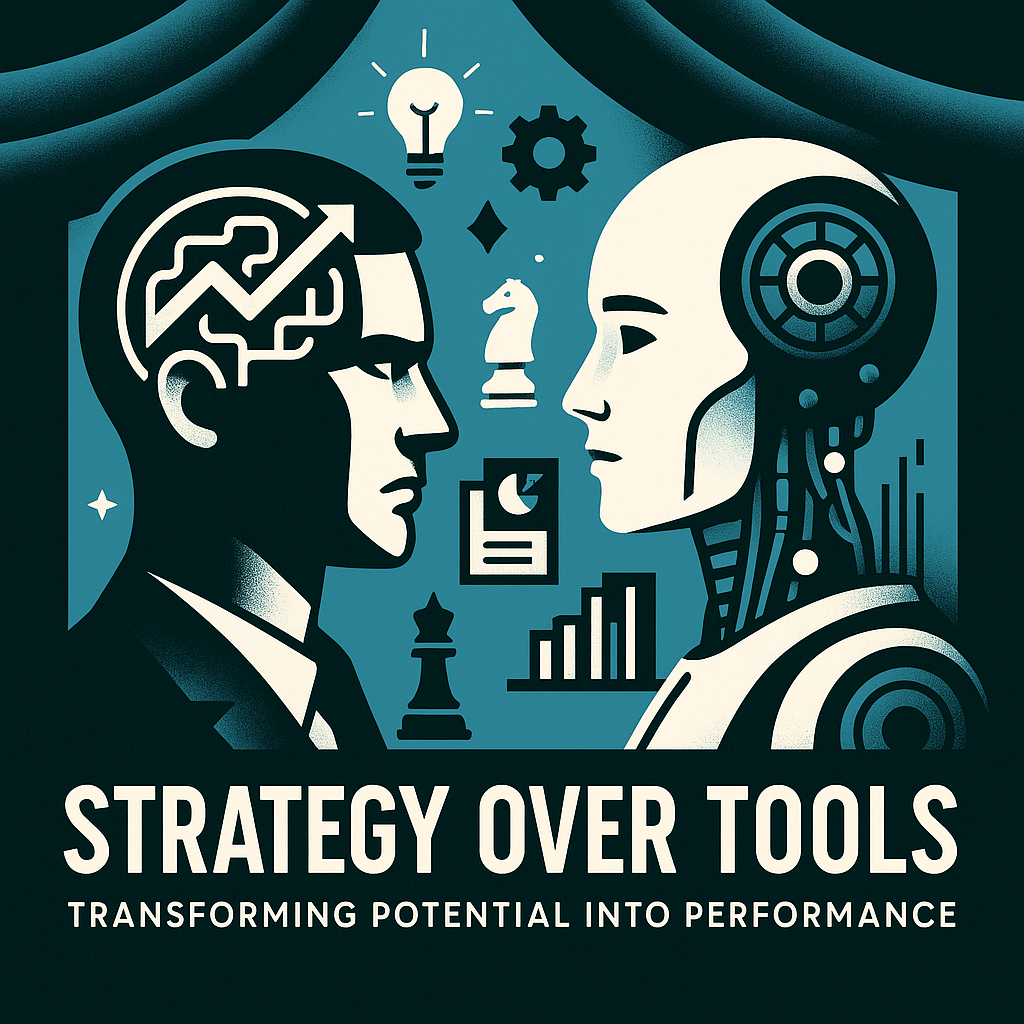
Using AI in business is becoming the norm, but that doesn’t mean everyone’s doing it well.
Too often, leaders adopt AI hoping it’ll solve everything. But without the right thinking behind it, AI just speeds up the wrong kind of work. It can look impressive on the surface, but it’s not always moving the business in the right direction.
So, what’s going wrong and how can you make sure you’re actually getting the benefit?
Let’s break it down into three buckets.
1. They Expect It to Solve Their Strategic Gaps
AI can be powerful, but it’s not a substitute for leadership. If you’re unclear on your direction, goals or priorities, adding AI into the mix won’t fix that.
In fact, it’ll often make things worse.
When the thinking isn’t clear, AI just accelerates the mess. You end up producing more faster, but not necessarily better.
If you don’t know where you’re going, AI will just help you get there faster… even if it’s the wrong place.
2. They Focus on Tools, Not Outcomes
It’s easy to fall into the trap of chasing features. A tool promises 10x productivity and suddenly it’s top of the priority list.
But this approach flips the logic. Instead of asking, “What result are we aiming for?” teams end up asking, “What can this tool do?”
That’s how you end up with bloated tech stacks, duplicate processes and a lot of activity that doesn’t actually move the needle.
The better way? Start with the outcome. Then choose tools that support that outcome.
3. They Miss the Human Factor when Using AI in Business
AI doesn’t work in a vacuum. It changes how people work, what they focus on and how they collaborate.
If your team isn’t clear on why a tool is being introduced or how it fits into the bigger picture, they’re less likely to trust it, let alone use it effectively.
Training, communication and change support matter just as much as the tool itself. Skipping those things might save time now, but it costs you in adoption and impact later.
What Should Leaders Do Instead?
If you want AI to work for your business, you need to lead it with clarity. Here’s how to start:
- Anchor everything in strategy. What’s the bigger goal? What’s the problem you’re trying to solve?
- Evaluate tools based on fit, not flash. Does this support your priorities or just add noise?
- Involve your team. Make sure they understand the purpose and potential of the tools they’re being asked to use.
- Keep revisiting your thinking. Strategy isn’t static especially in fast-moving environments. Stay curious and adapt.
Strategy First. Using AI in Business Second
Smart AI use doesn’t start with tech, it starts with thinking.
That’s why I created How to Employ Strategic Thinking. It’s a course designed to help leaders shift out of reactive mode and start operating with more clarity, purpose and direction.
You’ll learn how to:
✅ Spot opportunities that align with your long-term goals
✅ Set clearer priorities so your team stays focused
✅ Use AI (and other tools) with intention, not just for the sake of it
Whether you’re running a business or leading a team, this course gives you the mindset and methods to make better decisions.
No tool can replace good thinking. But the right thinking? That’s what makes every tool more valuable.
